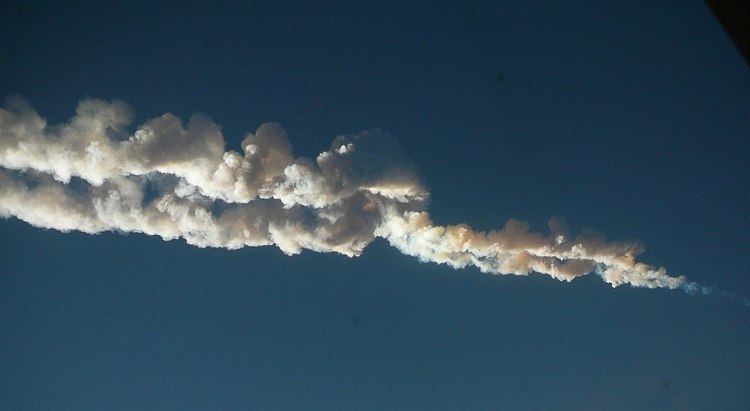 | ||
A number of significant scientific events occurred in 2013, including the discovery of numerous Earthlike exoplanets, the development of viable lab-grown ears, teeth, livers and blood vessels, and the atmospheric entry of the most destructive meteor since 1908. The year also saw successful new treatments for diseases such as HIV, Usher syndrome and leukodystrophy, and a major expansion in the use and capabilities of technologies such as 3D printing and autonomous cars.
Contents
- January
- February
- March
- April
- May
- June
- July
- August
- September
- October
- November
- December
- Breakthrough Prize in Life Sciences
- UNESCO Young Scientist AwardsMichel Batisse Award
- Nobel Prize
- Other
- References
The United Nations designated 2013 the International Year of Water Cooperation.
January
February
March
April
May
June
July
August
September
October
November
December
Breakthrough Prize in Life Sciences
UNESCO Young Scientist Awards/Michel Batisse Award
Nobel Prize
Other
January
February
March
April
May
June
July
August
September
October
November
December
References
2013 in science Wikipedia(Text) CC BY-SA
